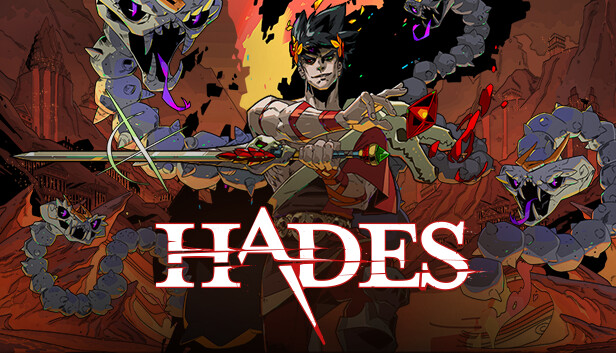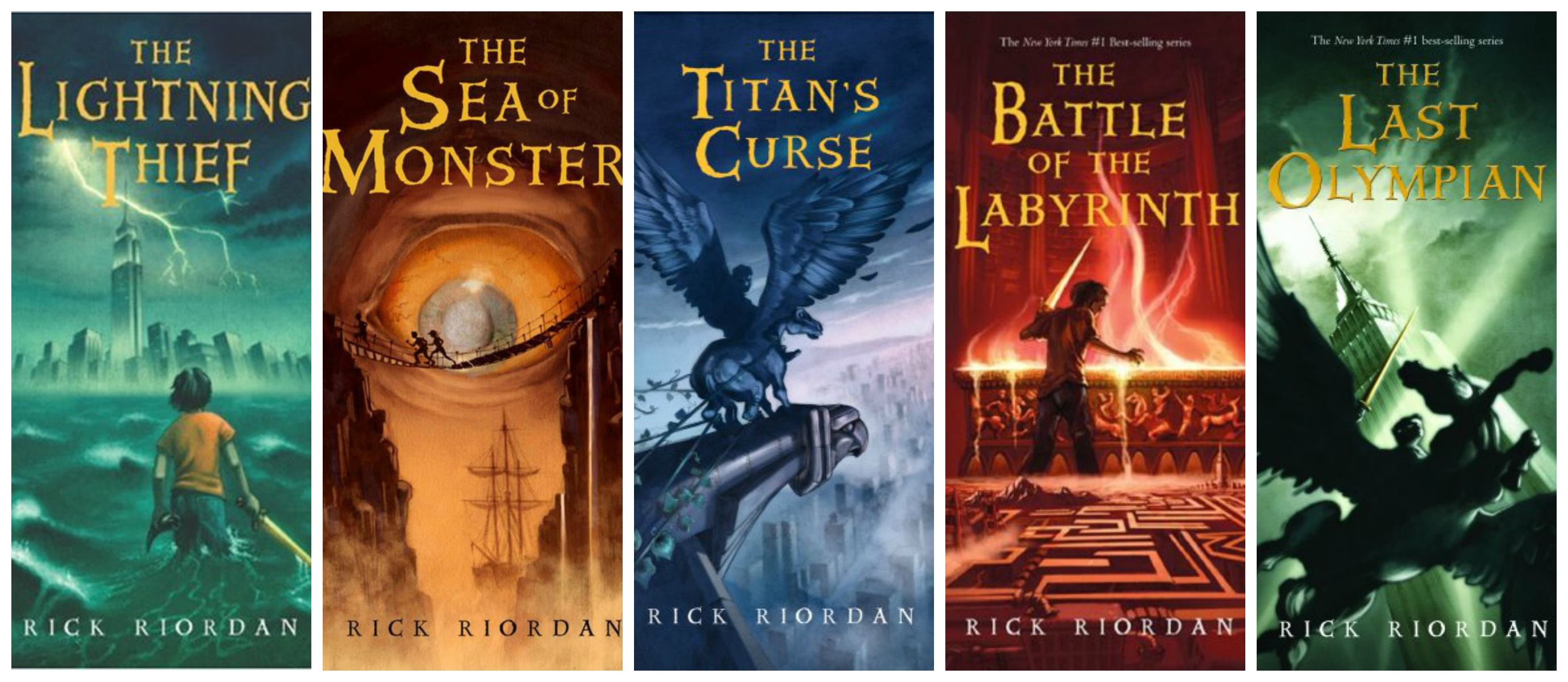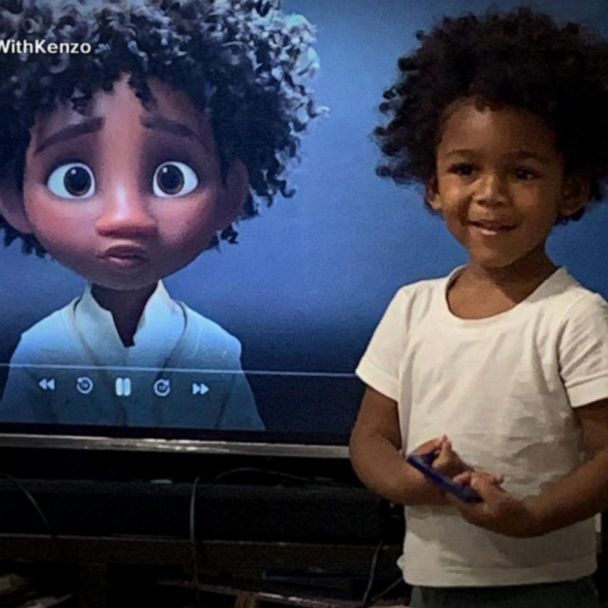This week I wanted to bring attention to the representation of queer characters in a source of media that has impacted me throughout my life, video games. Video games on consoles and PCs are new in terms of the way to tell a story, compared to movies and literature. However, with the rise in people who play video games increasing with the pandemic, I feel like it is an important medium to talk about.
In the early days of video games, there wasn’t much to talk about in the realm of representation other than games were mostly pixel games without room to put in complex characters let alone anyone with queer identities. At this point in history, “activists were pushing for being seen in much more visible media like television and movies (1)” so there wasn’t much other than throw away lines from NPCs that could be written out of these text command games, point and clicks, and early console games for international releases.
In the late 1980s and early 1990s, many games made by Nintendo and Capcom would have queer characters that were either in the most accurate terms “accidents” or completely censored out of western releases. Like Birdo from the Super Mario games that is explicitly stated as a male that likes to dress up as a woman and likes to be called Birdetta, and it’s never talked about again after Super Mario Bros. 2. This wouldn’t be much of a fuss, but this is a trend even now with Nintendo. Although early Capcom would have the earliest known transgender character in gaming Poison, from Final Fight and Street Fighter. Poison has a very complicated history even before this however, “originally a female enemy (alongside the palette-swapped Roxy) in Final Fight in Japan, Poison and Roxy were planned to be cisgendered females but were then changed by Capcom to be “shemales” due to, of all things, concerns over violence against women (2).” The history of Poison is flabbergasting but is also a running theme in video games and will come up again, queer characters as villains is something that has been in common in all forms of media. 
In the late 1990s, the gaming industry changed; developers wanted to be more “edgy” have games that toed the line of societal values. With the most popular characters of the time being hyper-stereotyped like Lara Croft and Duke Nukem this came in the form of the femme fairy tale from the Fear Effect franchise. In an “era of sexual pandering, and often queer characters would be caught in the crossfire, (2)” the PlayStation hit used its two queer women to be the prominent characters in an ad campaign, most of the time having them on full pages of video game magazines half-naked and in compromising positions. The fetishization of women in video games would unfold like this to cater to the biggest population of gamers, teenage boys. Other than sexed-up lesbians most of the 90s used queer characters to be the butt of the joke to sell to those that wanted more “avant-garde” video games, or characters that could be written off as bisexual if needed be (which is a whole other conversation).
The 2000s brought the AAA era of video games which had some tokens but still a lot of queer villains, gay jokes, and the late stages of the 90s over-sexualization. One game title that really stood out in trying to take queer representation seriously was BioWare. This led later titles to use their story to house dynamic characters, and complex queer characters. Unfortunately, most of these titles were “homo-optional” (1) and the player did not need to meet the queer characters if you played the story in certain ways. Most of the time the player had to be female to see any of the gay story themes, which was not often as most people playing video games were still mostly men. And with the increase of character creation screens, is just making the option of having a gay character representation even if nothing about the story changes?
Indie games (games made by smaller companies or sometimes one person) started to gain traction. One of the best in my opinion that has come out in the last decade is Hades. In Hades, you play as an openly bisexual character Zagreus, who to complete the story must have fulfilled the storylines of all the side characters. This entails getting two long-lost lovers back together, both queer men, as well as romancing the three available characters Zagreus has. To finish the game players must go through these storylines, no optional dialogue changes or paths that erase the experiences of these characters. Because of this open representation, and a really good story overall, this game has had large releases on AAA consoles like The PlayStation and Nintendo Switch. Which begs the question, why haven’t AAA games themselves more accurately represent queer identities and not just villains? It’s obviously wanted and popular, Hades won many awards at Game Awards in 2020 and 2021.

But if you want to learn more about Queer History and Media, please watch more of James Somerton’s video essays! He is one of the main reasons I know so much about this topic and others in Queer theory.
(1)https://www.youtube.com/watch?v=TQNKEkrPEfI
(2) https://techraptor.net/gaming/features/queer-characters-in-gaming-brief-history
Links for pictures

